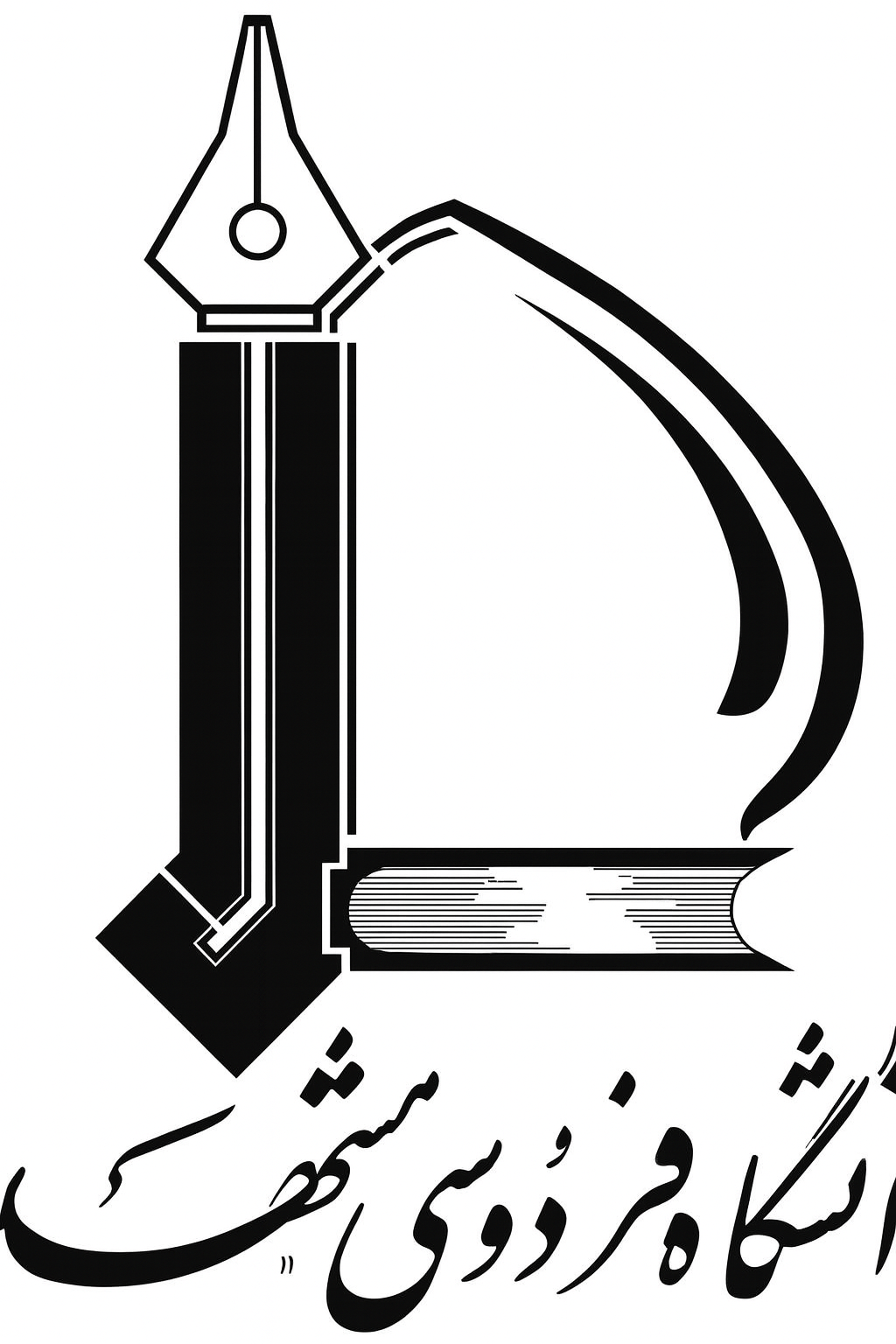Title : ( Development of a two-phase model for simulating the behavior of reinforced soils )
Authors: Ehsan Seyedi Hosseininia , Orang Farzaneh ,Abstract
The present paper presents the formulation of a two-phase system applied for reinforced soil media. In a two-phase material, the soil and inclusion are treated as two individual superposed continuous media called matrix and reinforcement phases, respectively, which are connected to each other through perfect bonding condition. The proposed algorithm is aimed to analyze the behavior of reinforced soil structures under operational condition focusing on Geosynthetics-Reinforced-Soil (GRS) walls. The global behavior of such deformable structures is highly dependent to the soil behavior. As a result, accounting for non-linear behavior of matrix phase would be the fi rst step in accurate simulation of GRS structures. Hence, in the existing two-phase system, the linear elastic-perfect plastic soil model is replaced by a relatively simple soil model, which is formulated in Bounding Surface Plasticity framework. For validation of the proposed model, the behavior of several single element reinforced soil samples is simulated and the results are compared with experiment. It is shown that the model is accurately capable of predicting the behavior especially before peak shear strength.
Keywords
, reinforced soil, two-phase model, constitutive equations@inproceedings{paperid:1022083,
author = {Ehsan Seyedi Hosseininia, and Orang Farzaneh},
title = {Development of a two-phase model for simulating the behavior of reinforced soils},
booktitle = {13th International Conference of the International Association for Computer Methods and Advances in Geomechanics},
year = {2011},
location = {melborne, AUSTRALIA},
keywords = {reinforced soil; two-phase model; constitutive equations},
}
%0 Conference Proceedings
%T Development of a two-phase model for simulating the behavior of reinforced soils
%A Ehsan Seyedi Hosseininia,
%A Orang Farzaneh
%J 13th International Conference of the International Association for Computer Methods and Advances in Geomechanics
%D 2011


